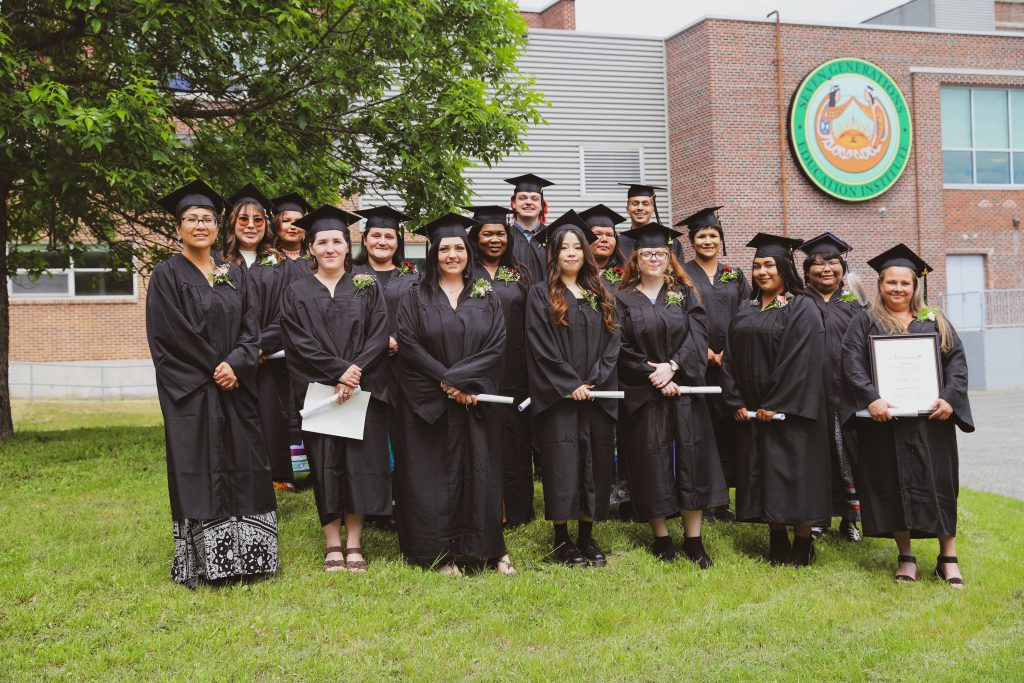The start of a post-secondary school year is an exciting yet often nerve-wracking experience, whether you’re returning for another year or stepping onto campus for the first time. This transition is more than just packing up your textbooks; it’s about setting yourself up for success academically, socially, and personally. In this blog, we’ll explore practical tips and essential strategies to help you navigate this pivotal time with confidence and ease. From organizing your study space to managing your time effectively and balancing social life with academic responsibilities, we’ve got you covered. Let’s dive into how you can make the most of this new chapter and start your school year on the right foot!
Organize Your Schedule
Organizing your schedule for the upcoming post-secondary school year can set you up for a productive and less stressful year. Here’s a step-by-step guide to help you get started:
1. Understand Your Academic Calendar
Obtain the academic calendar for your institution. This will include important dates such as start and end dates, exam periods, holidays, and breaks. Highlight these dates on your planner or digital calendar. Organize your schedule with both a weekly and daily view to keep track of your overall plan and daily tasks. Keep materials in order, use folders, binders, or digital files to keep track of course materials and assignments. Use your calendar to track assignment due dates, exam schedules, and other deadlines.


2. Course Planning
Look at the course catalogue and decide which courses you need or want to take. Consider prerequisites, course load, and any special requirements. Map out your courses, including class times and locations. Make sure there’s enough time between classes and other commitments. Identify what you want to achieve in each course. This might include grades, projects, or skills. Include academic tasks, personal errands, and long-term projects.
3. Work and Extracurriculars
If you’re working or involved in extracurriculars, make sure you factor these into your schedule. Decide how many hours you can realistically commit each week. Allocate time for studying and completing assignments.
4. Build in Flexibility, Self-Care, and Balance
Allow for unexpected events and downtime. Avoid packing your schedule too tightly. Be prepared to adjust your schedule if things change, such as shifts in work hours or changes in course requirements. Schedule regular breaks to avoid burnout. Make time for hobbies, exercise, and social activities. Ensure your schedule allows for adequate sleep and healthy eating habits.
By following these steps, you can create a well-organized schedule that helps you stay on top of your academic and personal responsibilities, leading to a more successful and balanced post-secondary school year
Set Goals
Setting goals for the upcoming post-secondary school year can help you stay focused, motivated, and on track. Here’s a structured approach to setting and achieving your goals:
1. Reflect on Past Performance
Reflect on what went well and what didn’t in the previous year. Identify areas where you’d like to improve or change. Use these insights to set more informed and realistic goals.
2. Define Your Goals
Set specific objectives for your coursework. This might include achieving a certain GPA, mastering specific skills, or excelling in a particular subject. Consider goals related to personal growth, such as improving time management, building resilience, or developing leadership skills. Think about internships, networking opportunities, or career planning goals. Setting goals related to gaining work experience or exploring career paths can be valuable.
3. Make Your Goals SMART
Specific: Define exactly what you want to achieve.
Measurable: Establish criteria to measure progress.
Achievable: Ensure your goals are realistic.
Relevant: Align your goals with your long-term aspirations and values.
Time-Bound: Set deadlines for when you want to achieve each goal.
4. Break Down Goals
Break larger goals into smaller, manageable tasks or milestones. For example, if your goal is to write a research paper, sub-goals might include researching, outlining, drafting, and revising. Outline the specific steps needed to achieve each sub-goal. This makes the process less overwhelming and easier to follow.
5. Monitor Progress
Set aside time to review your progress regularly. This might be weekly or monthly, depending on the goal. Be flexible and willing to adjust your plan if circumstances change or if you find that certain strategies aren’t working.
By setting clear, actionable goals and regularly reviewing your progress, you can stay focused and motivated throughout the school year, leading to a more successful and fulfilling academic experience.
Arrange Finances
Arranging finances for the upcoming post-secondary school year involves careful planning and budgeting. Here’s how to get started:
1. Assess Your Financial Situation and Create a Budget
Take stock of your savings, income sources, and expenses. Estimate your total costs, including tuition, books, housing, and personal expenses. Categorize all expected costs such as tuition, housing, food, transportation, and miscellaneous expenses. Include all sources of income like parental support, part-time work, scholarships, and grants. Use budgeting apps or spreadsheets. Set aside money for unexpected expenses like medical bills or urgent repairs. Have a plan for covering any shortfalls that might arise.
2. Explore Financial Aid Options
Research and apply for scholarships and grants that you qualify for. Submit financial aid applications to determine eligibility for loans and grants. Inquire about any school-specific financial aid or assistance programs.
3. Consider Part-Time Work
Find part-time work that fits with your class schedule. Campus jobs or flexible remote work might be ideal. Include your expected earnings in your budget and plan how they’ll be allocated.
4. Manage Student Loans Wisely
Familiarize yourself with the terms of any student loans, including interest rates and repayment schedules. Minimize borrowing to reduce future debt.
Be careful planning and managing your finances, you can better handle the costs of the post-secondary school year and reduce financial stress. Regularly review your budget and financial situation to ensure you’re staying on track.
Gather Materials
1. Review Your Course Syllabus
Look for lists of required textbooks, software, and other supplies provided by your instructors. Make note of any specific equipment or materials needed for labs or projects.
2. Create a List and Source Textbooks/Supplies
Make a list including textbooks, notebooks, stationary, tech gear, and any special items mentioned in your syllabus. Add any personal supplies you may need, such as planners or organizational tools. Decide whether to buy new or used textbooks or rent them. Check online bookstores, campus bookstores, and textbook rental services. Consider e-books or digital versions where possible to save money and space.
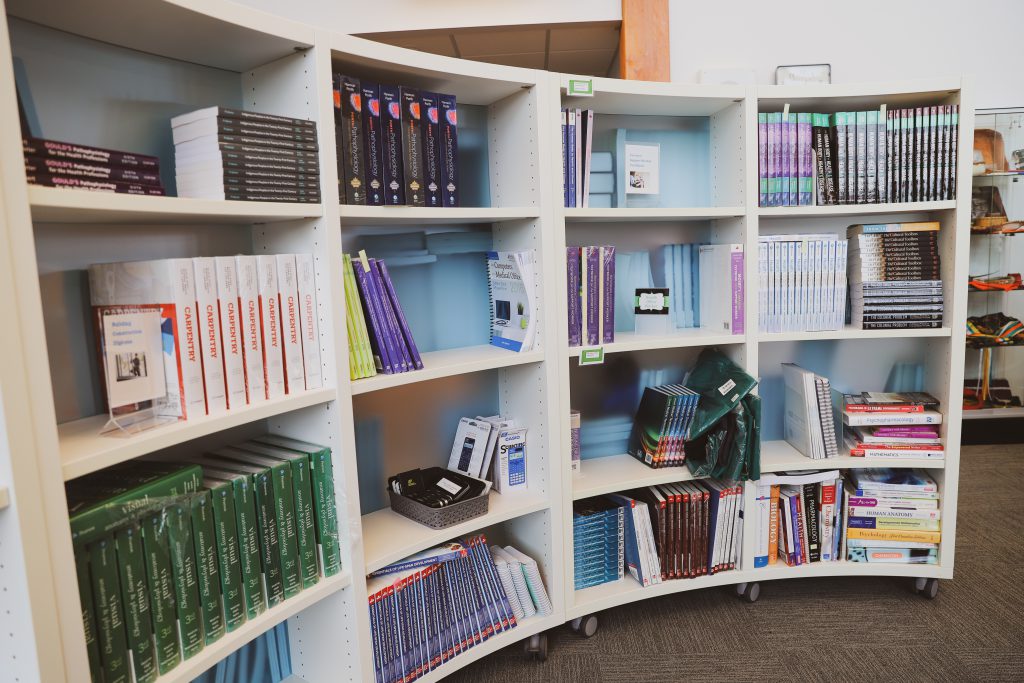
3. Gather Technology
Ensure your laptop, tablet, or other devices meet the specifications needed for your courses. Download and install any required software or applications before classes start.
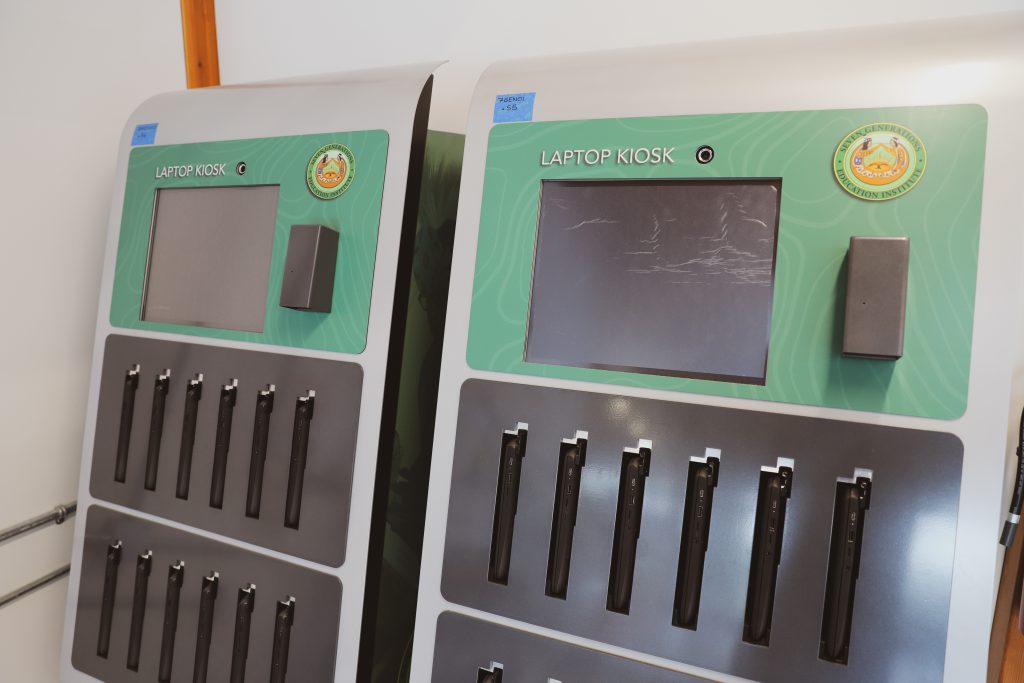
4. Visit Campus Resources
Visit campus stores for any specific items you might need, like campus-branded gear or additional supplies. Some textbooks might be available for loan or on reserve at the campus library.
By methodically gathering and organizing your materials, you’ll be well-prepared for a successful start to the school year.
Connect with Peers
Connecting with peers before the post-secondary school year can help you feel more prepared and less isolated.
1. Attend Pre-Orientation Events/Online Groups
Engage in official university or college forums and social media groups to meet fellow students. Look for groups related to your specific courses or majors. Participate in online or in-person orientations or social events organized by your institution. If available, attend pre-orientation or campus tours.


2. Use Social Media
Join relevant Facebook groups, Instagram communities, or LinkedIn networks related to your institution. Use and follow hashtags related to your college or program.
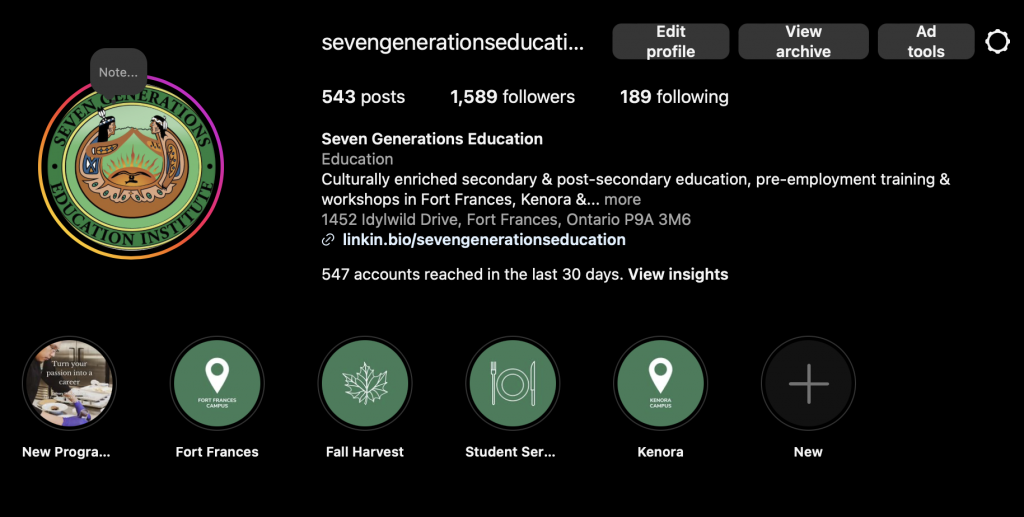

3. Reach Out to Roommates and Classmates
If you know your roommates or classmates, reach out via email or social media to introduce yourself. Talk about common interests or concerns to build rapport.
3. Engage in Community Events
Attend local events or meetups related to your area of study or interests if you’re already in the area.
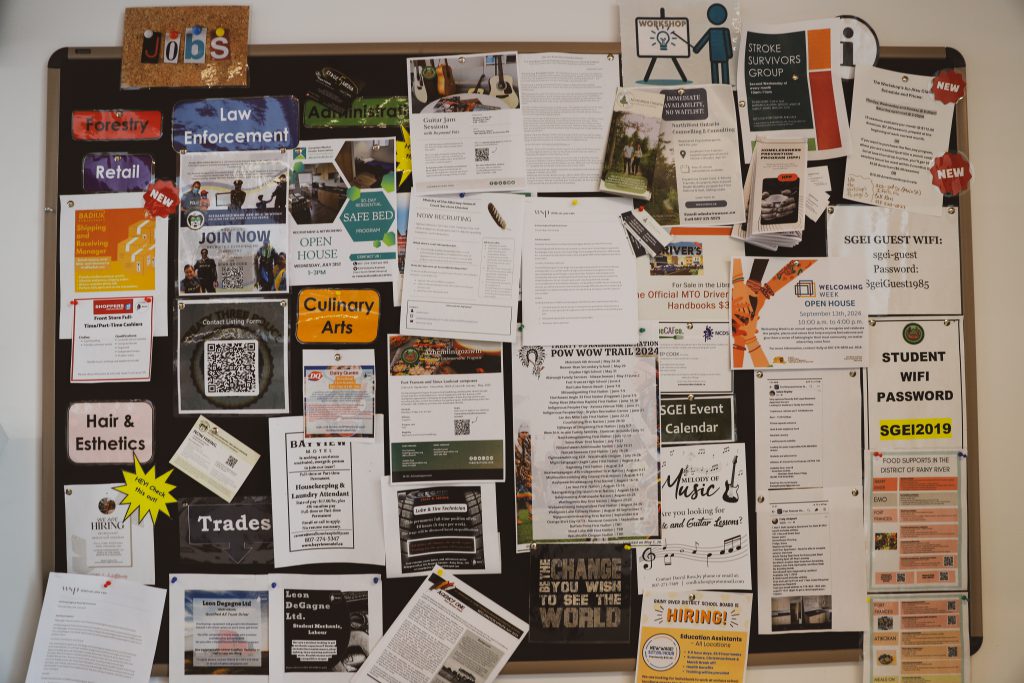
4. Be Proactive and Approachable
Don’t hesitate to start conversations with other incoming students, whether online or in person. Show genuine interest in others and be open to making new connections.
Connecting with peers early can ease your transition and help you build a supportive network before classes begin.
Visit Campus
Visiting campus before starting post-secondary school is important because it helps you familiarize yourself with the environment, reducing first-day anxiety. You can explore essential locations like classrooms, libraries, and student services, making it easier to navigate when classes begin. Additionally, it allows you to identify resources, meet potential peers or faculty, and get a feel for campus culture, helping you to settle in more smoothly and effectively plan your daily routine.



Apply Now and Become a Future SGEI Graduate
Seven Generations Education Institute (SGEI) is an Indigenous-led educational organization that provides high school, post-secondary, training for employment and cultural programming to all Indigenous and non-Indigenous people in the Treaty 3 area and beyond. Are you interested in lifelong learning and empowerment? Apply to SGEI now by checking out our website and begin your path to becoming a future SGEI graduate today!
